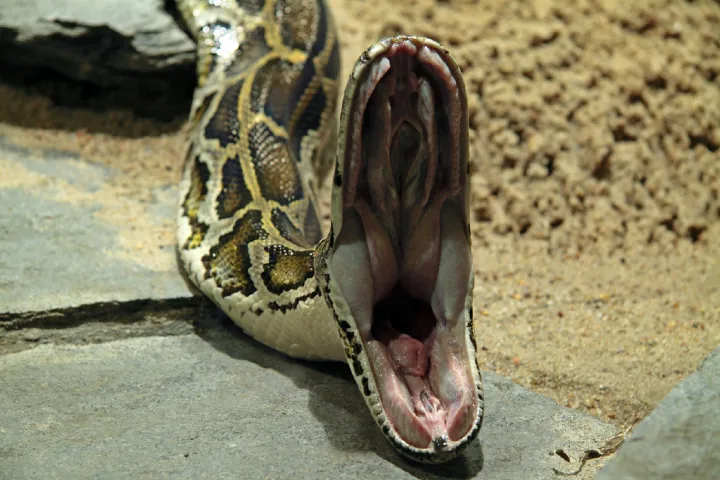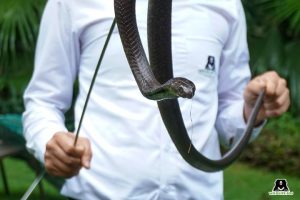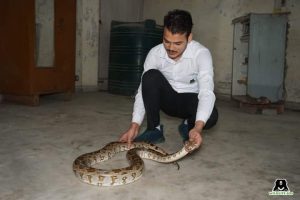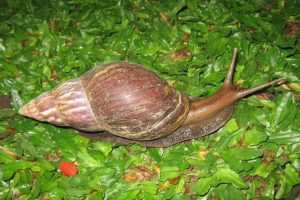One of the frightening sights a person can encounter is a python with its wide-open mouth set to swallow its kill. What is amazing is that the sheer size of some species like the Burmese pythons or molurus bivittatus that measure 16 feet cannot explain how they open their mouths wide enough to eat prey as big as alligators and deer.
As per a report in sciencealert.com, new research has revealed that the Burmese pythons have over time developed a distinctive attribute that enables it to open its jaws so wide that it can swallow animals that are six times larger.
Interestingly, Burmese pythons originally belong to Southern and Southeast Asia – eastern India, Nepal, Bhutan, Bangladesh, Myanmar, Thailand, Cambodia, Malaysia, China and Indonesia – are listed as Vulnerable by the International Union for Conservation of Nature’s Red List yet in Florida, US they are thriving. Eating anything and everything in sight, these invasive species are driving native ones to extinction and wrecking the ecosystem.
Commenting on this, Ian Bartoszek, Conservancy of Southwest Florida’s environment scientist said: “The Everglades ecosystem is changing in real-time based on one species, the Burmese python.”
Intrigued by the size of its mouth, Bartoszek and three other researchers decided to take a look at this aspect of this non-venomous snake who kills their prey by cutting off their blood flow.
The scientists discovered that the already big sized mouth had additionally a skin which was super-stretchy and located between the lower jaws. This enabled them to devour animals much bigger than what their mobile jaws would allow.
This is vital as snakes don’t chew their food but swallow it. The lower jawbones of snakes are not joined rather attached loosely with an elastic ligament allowing it to open wide. In case of Burmese pythons, the super-stretchy skin of lower jaws provides them even more flexibility as compared to other snakes.
Commenting on it, the study’s co-author and University of Cincinnati’s evolutionary biologist Bruce Jayne said: “The stretchy skin between left and right lower jaws is radically different in pythons. Just over 40 per cent of their total gape area on average is from stretchy skin. Even after you correct their large heads, their gape is enormous.”
The feature of wide mouth gives an edge to baby pythons as compared to other snakes of their size as they can prey on a larger number and types of animals. On becoming big these reptiles serve a warning to others to lay off by their sheer size. “Once those pythons get to a reasonable size, it’s pretty much just alligators that can eat them. And pythons eat alligators,” observed Jayne.
Elaborating on how this study, published in Integrative Organismal Biology can benefit, Jayne said: “It’s not going to help to control them. But it can help us understand the impact of invasive species. If you know how big the snakes get and how long it takes for them to get that size, you can place a rough upper limit on what resources the snake could be expected to exploit.”
Also read: How a 97 kilo Burmese python ended up in faraway Florida




















